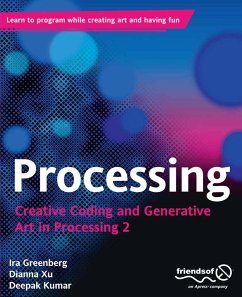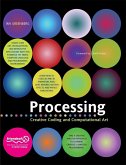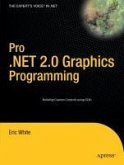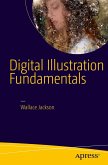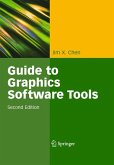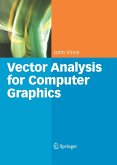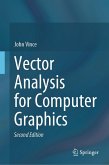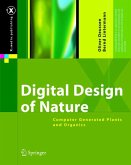If you've been curious about coding, but the thought of it also makes you nervous, this book is for you; if you consider yourself a creative person, maybe worried programming is too non-creative, this book is also for you; if you want to learn about the latest Processing 2.0 language release and also start making beautiful code art, this book is also definitely for you.
You will learn how to develop interactive simulations, create beautiful visualizations, and even code image-manipulation applications. All this is taught using hands-on creative coding projects. Processing 2.0 is the latest release of the open-source Processing language, and includes exciting new features, such as OpenGL 2 support for enhanced 3D graphics performance.
Processing: Creative Coding and Generative Art in Processing 2 is designed for independent learning and also as a primary text for an introductory computing class. Based on research funded by the National Science Foundation, this book brings together some of the most engaging and successful approaches from the digital arts and computer science classrooms.
- Teaches you how to program using a fun and creative approach.
- Covers the latest release of the Processing 2.0 language.
- Presents a research based approach to learning computing.
Dieser Download kann aus rechtlichen Gründen nur mit Rechnungsadresse in A, B, BG, CY, CZ, D, DK, EW, E, FIN, F, GR, HR, H, IRL, I, LT, L, LR, M, NL, PL, P, R, S, SLO, SK ausgeliefert werden.
"Processing is a didactic that is based on the idea that programming can be learned very easily through the creation of screen art. ... The main goal is to educate designers and artists ... . the book in combination with the programming environment also presents an excellent implementation of the concept. I recommend this work for anybody who wants to explore programming in a different way, or for a teacher who wants to get inspired for his or her own programming class." (Gerald Friedland, ACM Computing Reviews, October, 2008)
"The book is intended as an introduction to programming for designers and artists using the Processing language and environment, a language designed 'by artists for artists' and available as open source. It contains 13 chapters, and begins with a relatively gentle introduction to Processing. It continues with chapters focusing on imaging, animation, and three-dimensional (3D) graphics." (Jeffrey Putnam, ACM Computing Reviews, Vol. 49 (8), August, 2008)

